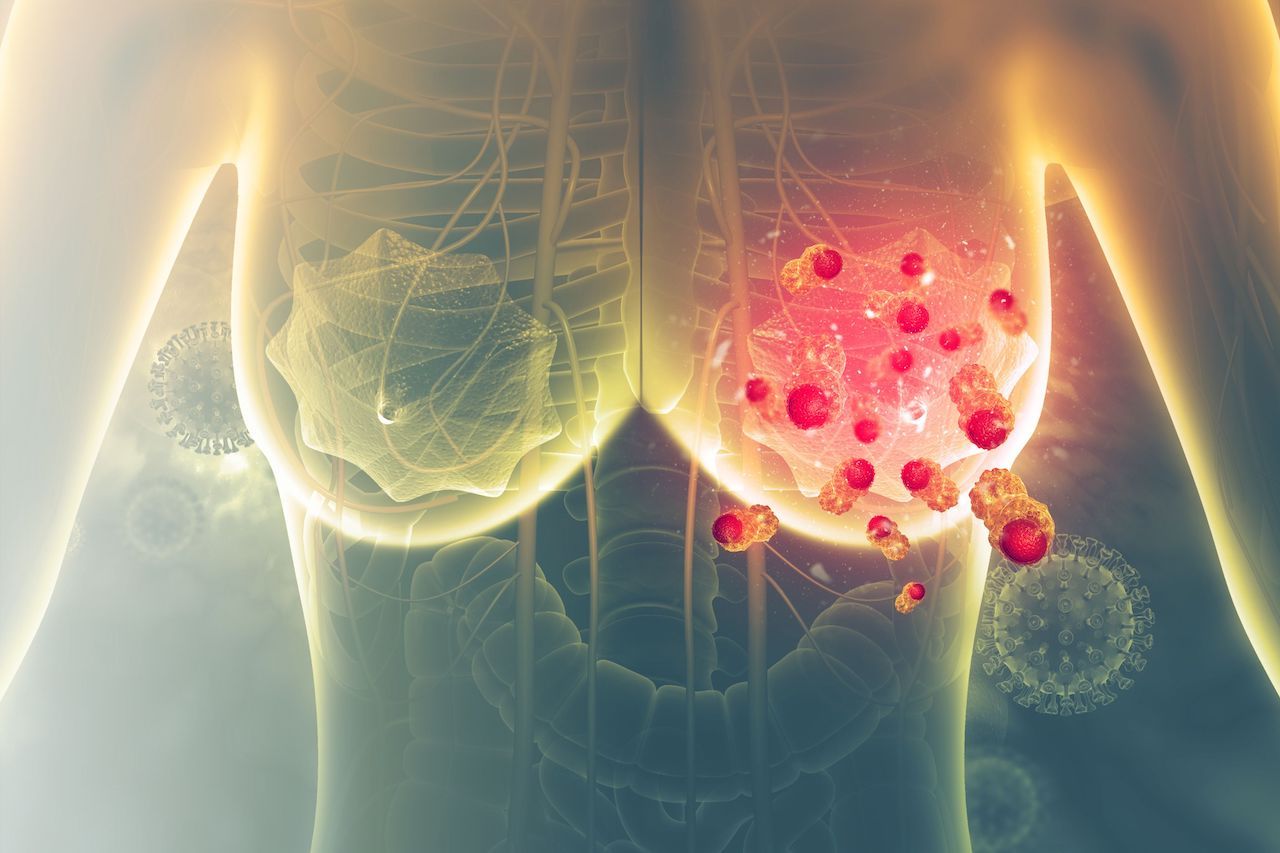Article
Mixed Findings on Breast Cancer Incidence Highlight Potential Care Gaps
Author(s):
A recent report from the CDC details varying incidences of breast cancer among women by demographic characteristics and suggests areas for improvement in treatment and patient education on risk.
A recent Morbidity and Mortality Weekly Report from the CDC details varying incidences of breast cancer among women 20 years and older by the demographic characteristics of race, ethnicity, and age, and it suggests areas for improvement in treatment and patient education on risk.
The report covering 1999 through 2018 details that although there were several instances of decreased rates of breast cancer among women 20 years and older, increases were also seen.
In light of these findings, the report authors note, “These findings suggest that women aged 20-49 years might benefit from discussing potential breast cancer risk and ways to reduce risk with their health care providers.”
After analyzing data from US Cancer Statistics for 1999 through 2018, the authors saw the following results:
- Decreased incidence rates:
- 0.3% each year among women at least 20 years old
- 2.1% each year from 1999 through 2004
- Among non-Hispanic White women: from 198.0 to 186.5 per 100,000 US 2000 standard population, or an average 0.3% annually and 2.3% from 1999 to 2004
- Among Hispanic women: an average 1.6% from 1999 to 2004
- Among women aged 50 to 64 years: 2.8% per year from 1999 to 2005
- Among women aged 65 to 74 years: 2.8% per year from 1999 to 2004
- Among women 75 years and older: 2.4% per year from 1999 to 2004 and 0.4% from 2009 to 2018
- Increased incidence rates:
- 0.4% each year from 2004 through 2018 among women at least 20 years old
- Among Hispanic women: an annual average 0.4% from 2004 to 2018
- Among non-Hispanic Asian or Pacific Islander women: an annual average 1.4% from 2005 to 2018, or 0.8% from 1999 to 2018
- Among non-Hispanic American Indian or Alaska Native women: an average 1.4% from 1999 to 2016
- Among non-Hispanic White women: 0.4% each year from 2004 to 2018
- Among women aged 20 to 39 years: 0.7% each year from 2010 to 2018
- Among women aged 40 to 49 years: 0.4% per year from 2002 to 2018
- Among women aged 65 to 74 years: 1.5% per year from 2004 to 2013
The cases included for analysis in this report were all malignant cases of breast cancer, with the data covering 97% of the US population and trends analyzed per 100,000 US 2000 standard population.
In addition, when combining data on race and age, incidence was shown to be stable only among non-Hispanic Black and Hispanic women aged 20 to 39 and 40 to 49 years. The largest decrease was among non-Hispanic White women aged 50 to 64 years, and the largest increase, among non-Hispanic American Indian or Alaska Native women aged 40 to 49 years.
“Further examination of breast cancer trends by demographic characteristics might help tailor breast cancer prevention and control programs to address state- or county-level incidence rates and help prevent health disparities,” the authors noted. In particular, they added, trend analysis by “detailed Asian or Pacific Islander race groups, age, cancer stage, and migration status” could help shed further light on increasing rates.
They also stress the importance of preventive care (eg, screening mammography), especially among women with a first-degree relative with breast cancer; implementing evidence-based strategies that emphasize healthy behaviors; and possible monitoring for symptoms of breast cancer after more than 5 years of hormone therapy.
“Breast cancer risk can be reduced with healthy behaviors,” the authors concluded. “These findings also suggest women aged 20 to 49 years might benefit from discussion with their health care providers about potential breast cancer risk and ways to reduce risk.”
Reference
Ellington TD, Miller JW, Henley SJ, Wilson RJ, Wu M, Richardson LC. Trends in breast cancer incidence, by race, ethnicity, and age among women aged ≥20 years - United States, 1999-2018. MMWR Morb Mortal Wkly Rep. 2022;71(2):43-47. doi:10.15585/mmwr.mm7102a2





